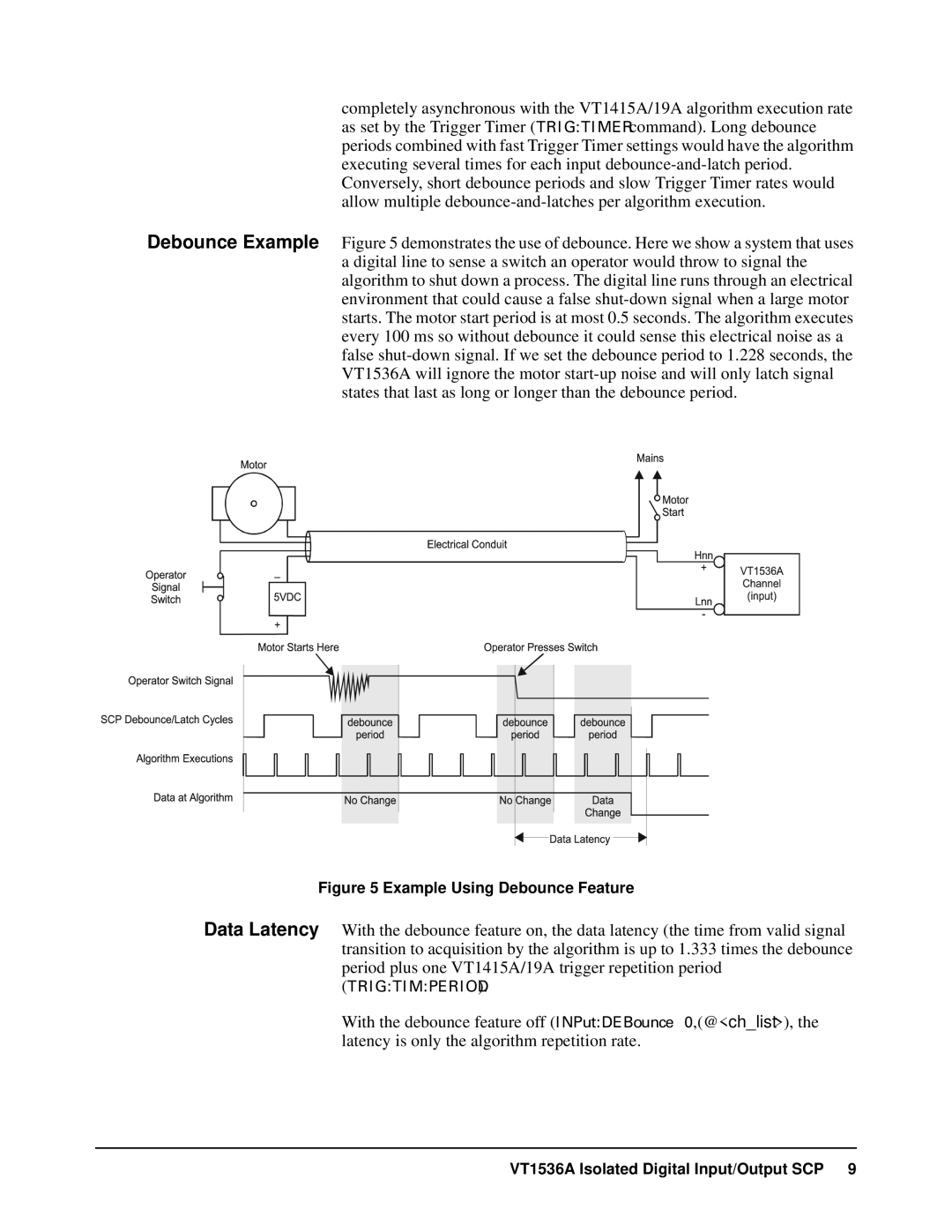VT1536A specifications
The VXI VT1536A is a versatile and sophisticated test solution designed to enhance the efficiency and accuracy of electronic testing applications. This instrument is particularly favored in environments where precision and reliability are paramount, such as telecommunications, aerospace, and automotive industries.One of the standout features of the VT1536A is its modular design. This allows users to customize the instrument according to specific testing requirements by adding or removing different modules. Each module is built to deliver high performance, ensuring that the VT1536A remains adaptable in a rapidly evolving technological landscape.
The VT1536A is equipped with advanced signal conditioning capabilities. It can measure a wide range of parameters, including voltage, current, and resistance, with exceptional accuracy. This makes it ideal for both laboratory and field testing scenarios where varied signal types are encountered. The instrument also supports multiple measurement modes, allowing engineers to switch seamlessly between different analysis techniques as needed.
Another significant characteristic of the VT1536A is its integration with modern communication technologies. The device is compatible with various protocols, including GPIB, USB, and Ethernet, offering flexibility in remote operation and easy integration into existing test setups. This connectivity simplifies the process of data acquisition and enables more efficient testing workflows, benefiting teams that rely on collecting vast amounts of data.
In terms of display and user interface, the VT1536A features a high-resolution screen that provides clear visibility of measurement results and settings. The intuitive layout ensures that users can quickly navigate through the instrument’s functions, minimizing the learning curve associated with new equipment.
The durability of the VXI VT1536A is another advantage, as it is constructed to withstand the rigors of industrial environments. This reliability, paired with its robust software support, including firmware updates and diagnostic tools, ensures that the instrument remains a valuable asset throughout its lifecycle.
In conclusion, the VXI VT1536A is a powerful, robust, and flexible testing instrument. Its advanced features, technologies, and modular characteristics make it a top choice for engineers looking to enhance their testing capabilities while ensuring high levels of precision and reliability in their measurements.

